Nanomaterials, Free Full-Text
Por um escritor misterioso
Descrição
Prevention of bacterial adhesion is a way to reduce and/or avoid biofilm formation, thus restraining its associated infections. The development of repellent anti-adhesive surfaces, such as superhydrophobic surfaces, can be a strategy to avoid bacterial adhesion. In this study, a polyethylene terephthalate (PET) film was modified by in situ growth of silica nanoparticles (NPs) to create a rough surface. The surface was further modified with fluorinated carbon chains to increase its hydrophobicity. The modified PET surfaces presented a pronounced superhydrophobic character, showing a water contact angle of 156° and a roughness of 104 nm (a considerable increase comparing with the 69° and 4.8 nm obtained for the untreated PET). Scanning Electron Microscopy was used to evaluate the modified surfaces morphology, further confirming its successful modification with nanoparticles. Additionally, a bacterial adhesion assay using an Escherichia coli expressing YadA, an adhesive protein from Yersinia so-called Yersinia adhesin A, was used to assess the anti-adhesive potential of the modified PET. Contrarily to what was expected, adhesion of E. coli YadA was found to increase on the modified PET surfaces, exhibiting a clear preference for the crevices. This study highlights the role of material micro topography as an important attribute when considering bacterial adhesion.
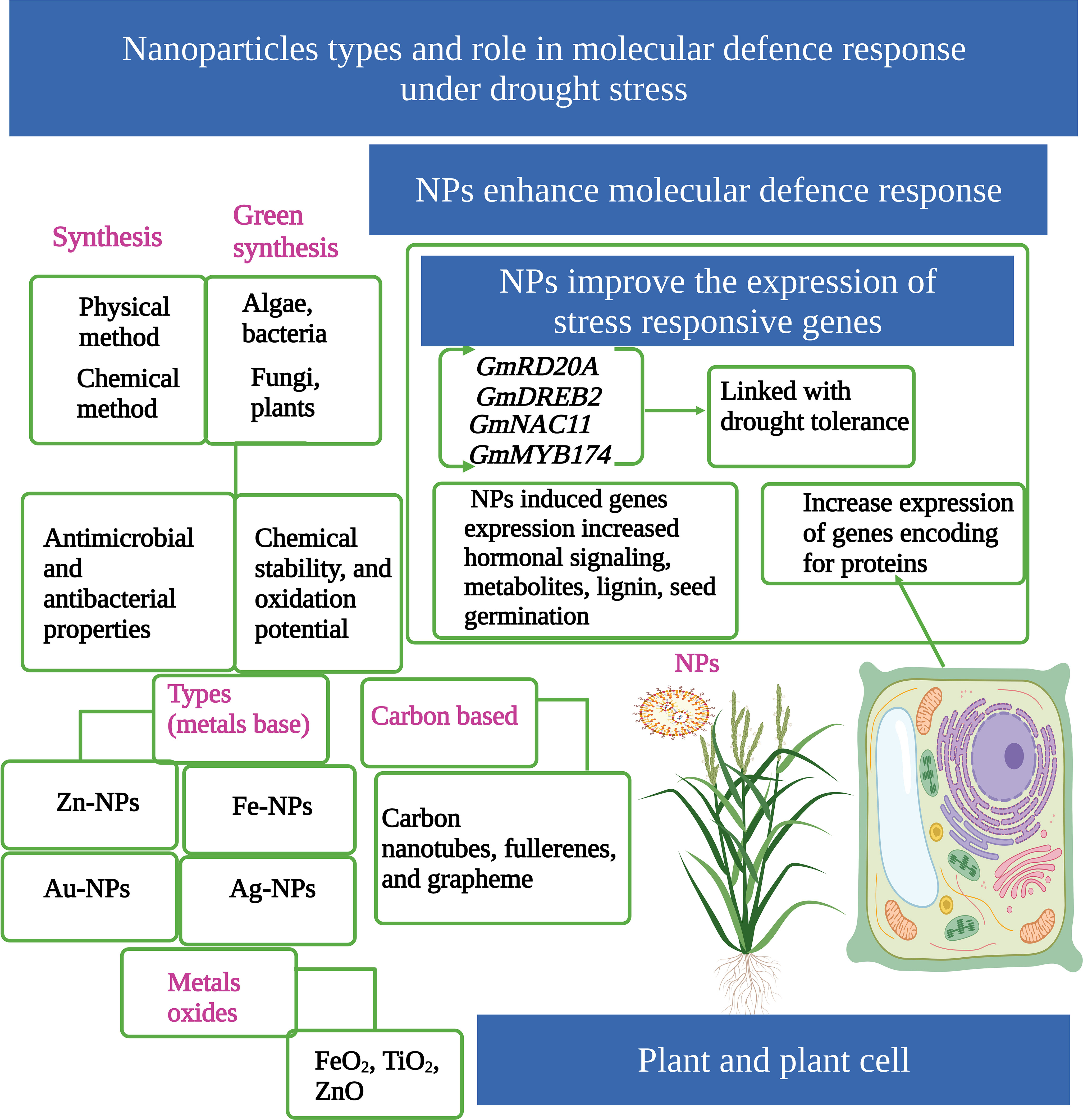
Frontiers The role of nanoparticles in plant biochemical
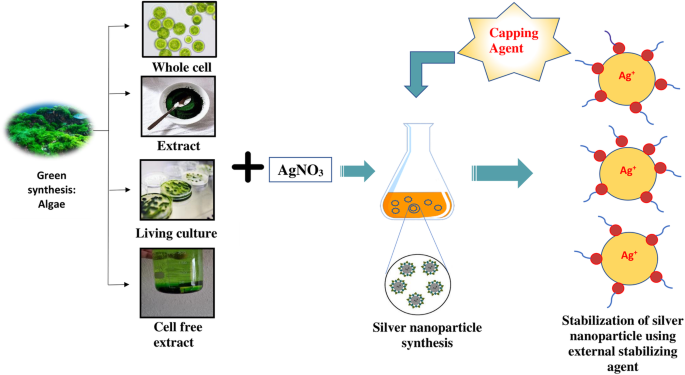
Green synthesis of silver nanoparticles with algae and the

Functional Nucleic Acid Nanomaterials: Development, Properties

Nanotechnology for a Sustainable Future: Addressing Global

Nanotechnology therapies for treatment of tuberculosis
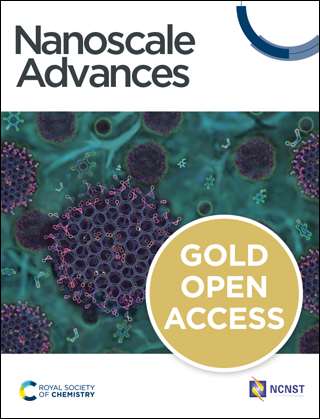
Nanoscale Advances

Flexible electronics based on one‐dimensional and two‐dimensional

Advanced bioactive nanomaterials for biomedical applications

Maestro Labels Templates Awesome Nanomaterials Free Full Text
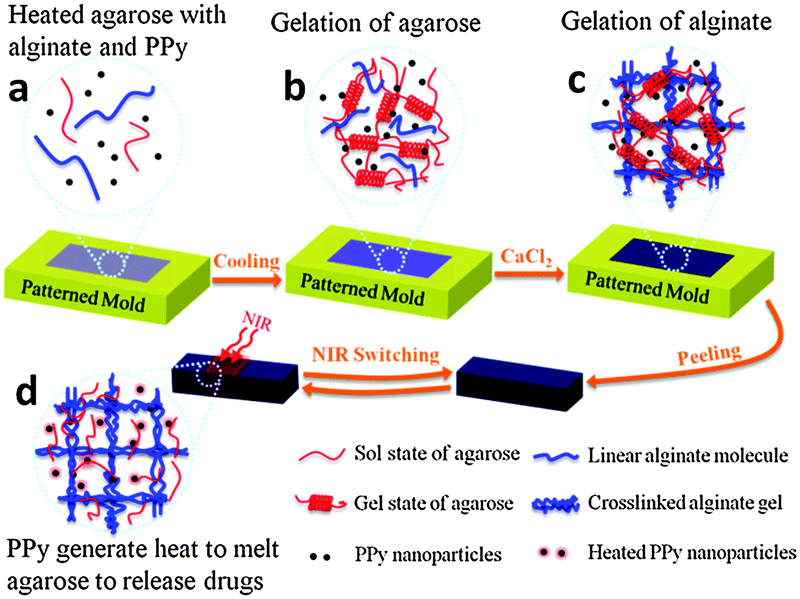
Near-infrared light triggerable deformation-free polysaccharide

Biological agents for synthesis of nanoparticles and their

The translational paradigm of nanobiomaterials: Biological
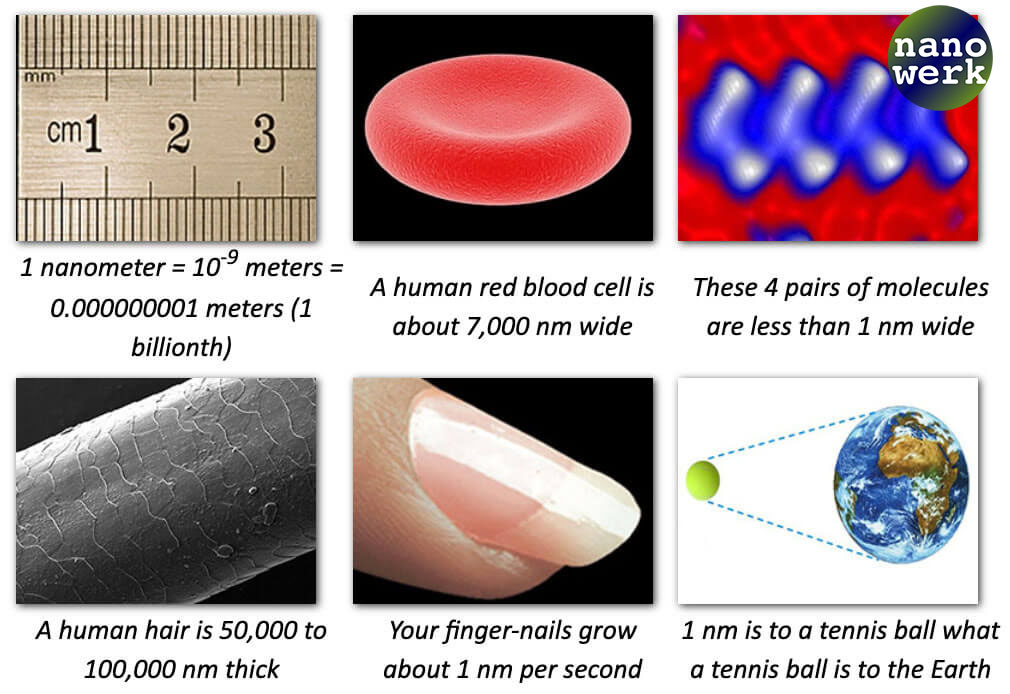
Nanotechnology - Definition and Introduction

Viral enhancement of nanomaterial cancer sensor improves early
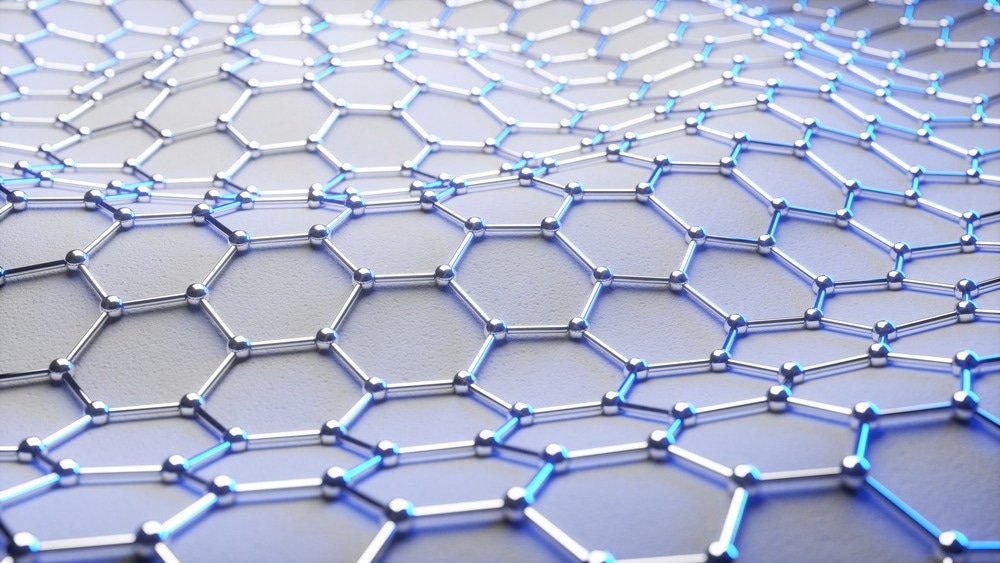
What is Nanotechnology and What Can It Do?
de
por adulto (o preço varia de acordo com o tamanho do grupo)







